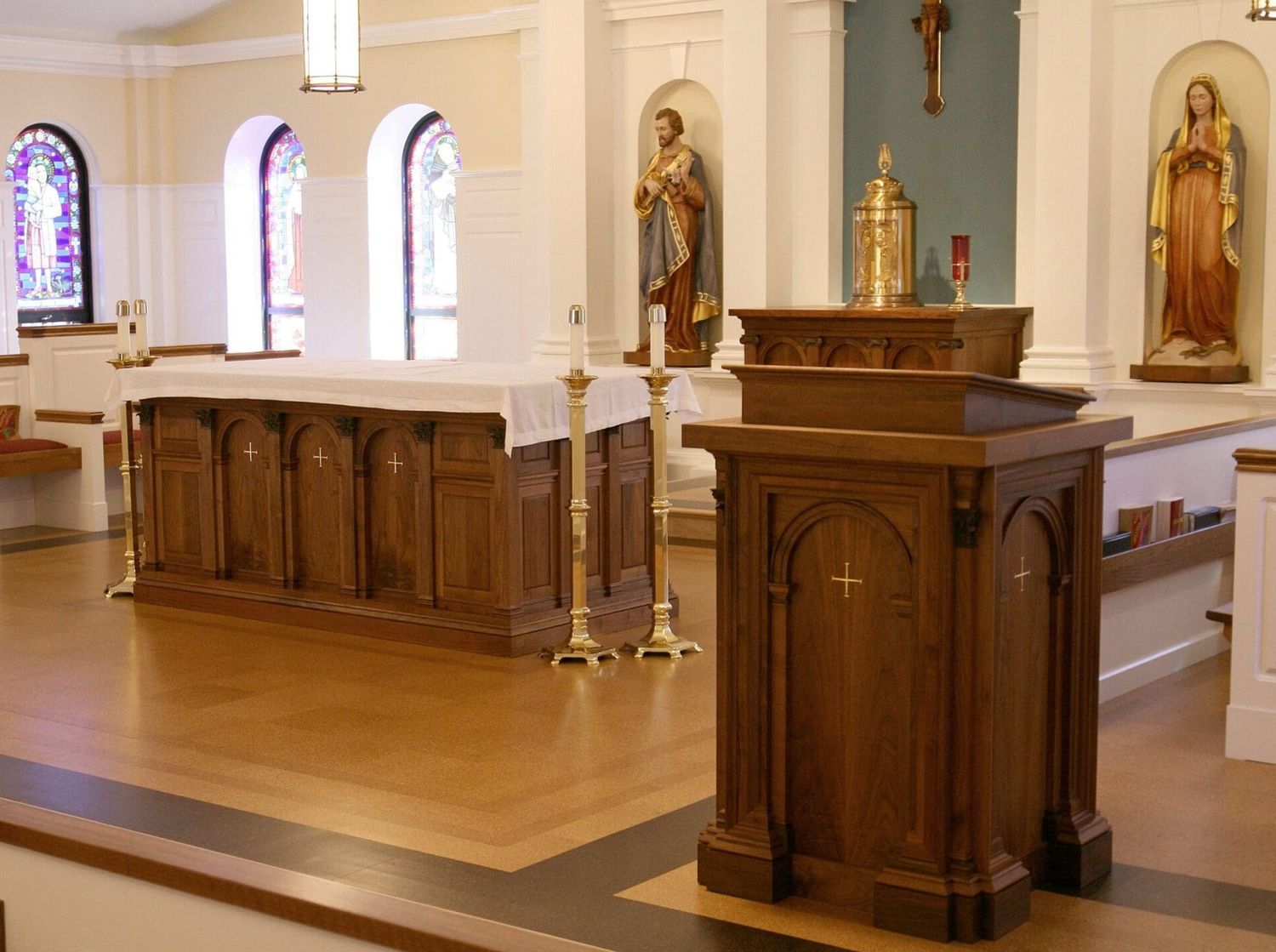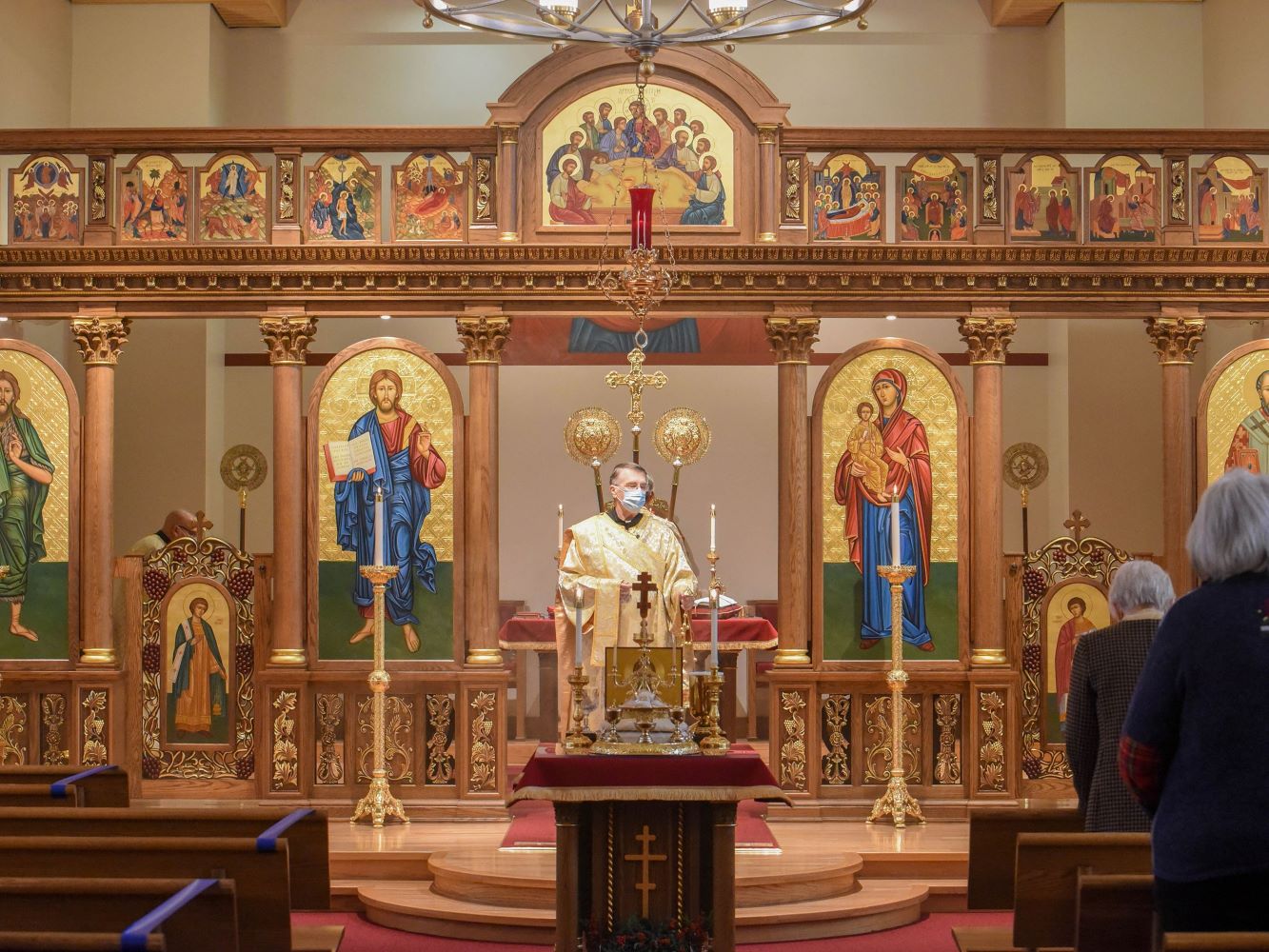
Ambohimanga is a place rich in history and culture, nestled in the heart of Madagascar. Known as the "Blue Hill," this ancient royal city has been a symbol of Malagasy identity for centuries. Why is Ambohimanga so important? It's a UNESCO World Heritage site, recognized for its well-preserved palaces, sacred sites, and traditional architecture. The hill is not just a historical landmark but also a spiritual center, where rituals and ceremonies still take place. Visitors can explore royal tombs, ancient fortifications, and lush landscapes, all while learning about the Merina Kingdom's legacy. Whether you're a history buff or a curious traveler, Ambohimanga offers a unique glimpse into Madagascar's past.
The Origins of Ambulances
Ambulances have a fascinating history that dates back centuries. Let's dive into some intriguing facts about their origins.
-
The first recorded use of ambulances dates back to the 1480s during the Siege of Málaga. They were horse-drawn carts designed to transport wounded soldiers.
-
Napoleon Bonaparte's chief surgeon, Dominique Jean Larrey, is credited with creating the first modern ambulance service in the late 18th century. His "flying ambulances" were horse-drawn wagons that could quickly move injured soldiers from the battlefield.
-
The term "ambulance" comes from the Latin word "ambulare," meaning "to walk or move about." This reflects the early use of ambulances as mobile medical units.
-
In the 19th century, civilian ambulance services began to emerge in major cities like London and New York. These services were often run by hospitals or charitable organizations.
Evolution of Ambulance Design
Ambulance design has evolved significantly over the years. Here are some key milestones in their development.
-
The first motorized ambulance was introduced in 1899 by the Michael Reese Hospital in Chicago. It was powered by an electric motor and could reach speeds of up to 16 miles per hour.
-
During World War I, ambulances were equipped with stretchers and other medical supplies to provide on-the-spot care to wounded soldiers. This marked a significant advancement in ambulance design.
-
In the 1960s, the introduction of the "modular" ambulance allowed for more specialized medical equipment to be carried on board. This design is still used today.
-
Modern ambulances are equipped with advanced life support systems, including defibrillators, oxygen tanks, and intravenous fluids. This allows paramedics to provide critical care en route to the hospital.
Ambulance Services Around the World
Ambulance services vary widely from country to country. Here are some interesting facts about how different nations handle emergency medical services.
-
In the United States, the first municipal ambulance service was established in Cincinnati in 1865. It was staffed by trained medical personnel and equipped with basic medical supplies.
-
In the United Kingdom, the National Health Service (NHS) operates a comprehensive ambulance service that provides free emergency care to all residents.
-
Japan's ambulance services are known for their efficiency and advanced technology. Ambulances are equipped with GPS systems to ensure the fastest route to the hospital.
-
In rural areas of Australia, the Royal Flying Doctor Service provides emergency medical care to remote communities. This service uses aircraft to transport patients to hospitals.
Unique Ambulance Facts
Ambulances are more than just vehicles; they have some unique and surprising aspects. Let's explore a few.
-
Some ambulances are designed to handle specific emergencies, such as neonatal ambulances for transporting premature babies or bariatric ambulances for obese patients.
-
In some countries, ambulances are equipped with sirens that play different tones to alert drivers of their presence. This helps to clear traffic more effectively.
-
The color of ambulances can vary by country. In the United States, they are typically white with red or blue markings, while in the UK, they are often bright yellow or green.
-
In many European countries, ambulances are staffed by highly trained paramedics who can perform advanced medical procedures, such as intubation and administering medications.
The Role of Technology in Modern Ambulances
Technology has transformed the way ambulances operate. Here are some ways technology has improved emergency medical services.
-
GPS technology allows ambulances to find the fastest route to the hospital, reducing response times and improving patient outcomes.
-
Telemedicine systems enable paramedics to consult with doctors remotely, providing real-time medical advice and support during emergencies.
-
Some ambulances are equipped with video cameras that allow doctors to see the patient's condition and provide guidance to paramedics.
-
Electronic patient care records (ePCR) systems allow paramedics to document patient information quickly and accurately, improving the continuity of care.
Ambulance Safety and Regulations
Safety is a top priority for ambulance services. Here are some important facts about ambulance safety and regulations.
-
In the United States, the National Highway Traffic Safety Administration (NHTSA) sets standards for ambulance design and operation to ensure the safety of patients and medical personnel.
-
Ambulances are equipped with advanced safety features, such as airbags, anti-lock brakes, and stability control systems, to protect occupants during transport.
-
Many countries have laws requiring drivers to yield to ambulances with flashing lights and sirens. Failure to do so can result in fines or other penalties.
-
Ambulance crews undergo extensive training in emergency driving techniques to navigate traffic safely and efficiently.
Fun and Unusual Ambulance Facts
Ambulances have some fun and unusual aspects that might surprise you. Let's take a look at a few.
-
In some cities, bicycle ambulances are used to navigate crowded streets and provide rapid response to emergencies.
-
The world's fastest ambulance, a modified Lotus Evora, can reach speeds of up to 185 miles per hour. It is used in Dubai for rapid response to emergencies.
-
In certain regions, animal-drawn ambulances are still used to transport patients in areas where motorized vehicles are impractical.
-
Some ambulances are equipped with special lighting systems that can change color to match the patient's condition, helping medical personnel quickly identify the severity of the emergency.
-
In the Netherlands, some ambulances are staffed by volunteer paramedics who provide emergency care in their spare time.
-
The longest ambulance journey on record covered over 12,000 miles, traveling from London to Sydney to raise awareness for a children's charity.
Final Thoughts on Ambon
Ambon, with its rich history and stunning landscapes, offers a treasure trove of fascinating facts. From its role in the spice trade to its vibrant marine life, this Indonesian gem has something for everyone. Whether you're a history buff, nature lover, or just curious about new places, Ambon won't disappoint. Its unique blend of cultures, traditions, and natural beauty makes it a must-visit destination. So next time you're planning an adventure, consider adding Ambon to your list. You'll discover a place brimming with stories, beauty, and unforgettable experiences. Dive into its clear waters, explore its historical sites, and immerse yourself in the local culture. Ambon is more than just a dot on the map; it's a world waiting to be explored. Happy travels!
Was this page helpful?
Our commitment to delivering trustworthy and engaging content is at the heart of what we do. Each fact on our site is contributed by real users like you, bringing a wealth of diverse insights and information. To ensure the highest standards of accuracy and reliability, our dedicated editors meticulously review each submission. This process guarantees that the facts we share are not only fascinating but also credible. Trust in our commitment to quality and authenticity as you explore and learn with us.


